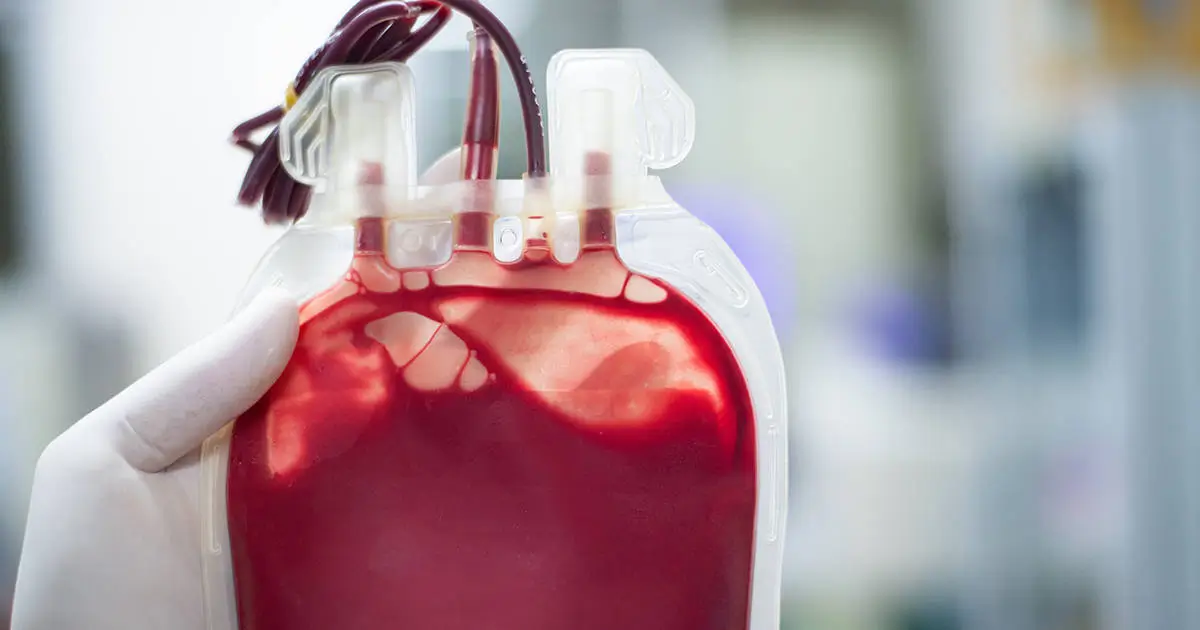The Blood Storage and transportation, thus, are essential requirements of the health care system to deliver safe and viable blood products to patients for their care in a timely way. Such an emerging technology base rapidly provides a unique opportunity for faster-than-ever innovations against all such challenges related to maintaining quality, integrity, and traceability of stored blood.This article looks at how emerging technologies, such as RFID tagging and sensor-based monitoring systems, smart packaging solutions, and laboratory deep freezers, are likely to play in and have the potential to revolutionize blood storage and transportation.
RFID (Radio Frequency Identification) Tagging:
RFID Tagging is a technology that automatically identifies tags attached to objects using electromagnetic fields.
In another perspective, RFID tags are used alongside blood containers or blood bags in the blood storage and transfer business to ensure real-time tracking of the inventory. They contain tags with unique identification codes that can be read by RFID readers to track blood products with ease from the place of production to the final using point through the supply chain. One of the major advantages of RFID tagging is the accuracy and up-to-the-minute information about the location, status, and history of blood units.
This will involve the application of RFID technology in their blood storage systems to ensure an effective and less erroneous inventory management system, hence generally improved operational efficiencies in these medical facilities.
In addition, such a system, RFID-enabled traceability, improves the safety of the blood product since it aids in the faster identification and recall of those units that could be potentially compromised, with the least risk of transfusion-related adverse events.
Sensor-Based Monitoring Systems:
The sensor-based monitoring systems use temperature, humidity, and pressure sensors of different types. All of these check the environmental conditions continuously in the facilities of storing blood. The systems provide real-time data on factors influencing the quality and shelf life of the blood product, hence allowing for intervention that may be done proactively with the aim of preserving storage conditions that are deemed ideal.
Temperature control is essential in blood storage because any deviations in the range of storage temperatures from the recommended range would cause a deterioration of the blood components and worsen product quality.
The sensor-based monitoring systems ensure that the temperature levels of refrigerators, referigrator, and transport containers are monitored in order to alert the healthcare provider in case variations above or below the set point that would warrant corrective action are recorded. The same systems could also track other parameters, such as the humidity levels. They should be within some percentage for the maintenance of storage conditions, as to the specified ranges for maintaining the integrity of blood products.
Smart Packaging Solutions:
Smart packaging solutions involve technology, such as sensors, indicators, and data loggers built into blood package exteriors. These provide layers of additional protection to blood during their transportation and storage so they are not, in any way, exposed to conditions considered unfriendly. For example, smart packaging could contain temperature indicators that would change color as a result of temperature differences, providing, thus, in a visual way for instance in cases of potential temperature variation of exposure. In addition, data loggers that are placed inside a package may take temperature and other related environmental data in the course of transport, thus providing comprehensive monitoring and documentation of conditions en route.
Laboratory Deep Freezers:
In particular, those that are connected to cryopreservation, laboratory deep freezers have a big role in the long-term storage of blood components. They are able to maintain a temperature of -80°C or even lower and are capable of keeping sensitive biological materials viable for long periods. The laboratory deep freezers are put to use in storing such preparations as frozen blood products, which include plasma, cryoprecante, and some cellular components. These freezers are used for the stability of blood products, which enable them to keep the blood products under a stable condition that would maintain the integrity and potency of the products placed in them.
Further, such facilities provide added backup security features like temperature alarms and backup systems, which further enhance the reliability and safety of storage in the deep freezer while reducing the chance of temperature swings and equipment failure.
Conclusion:
Emerging technologies, like such on RFID tagging, sensor-based monitoring systems, smart packaging solutions, and laboratory deep freezer are leading to dynamic changes in the blood storage and transportation landscape. These solutions help reduce the wastage of time, and clean up the messiness and clutter of manual sourcing, hence improving effectiveness, efficiency, reliability, and, above all, safety. The ultimate results would be improved patient outcomes and advancements in the delivery of quality healthcare from these blood supply chains. The future developments in transfusion medicine will depend heavily on how the new technologies filter into the current practices of blood management.





